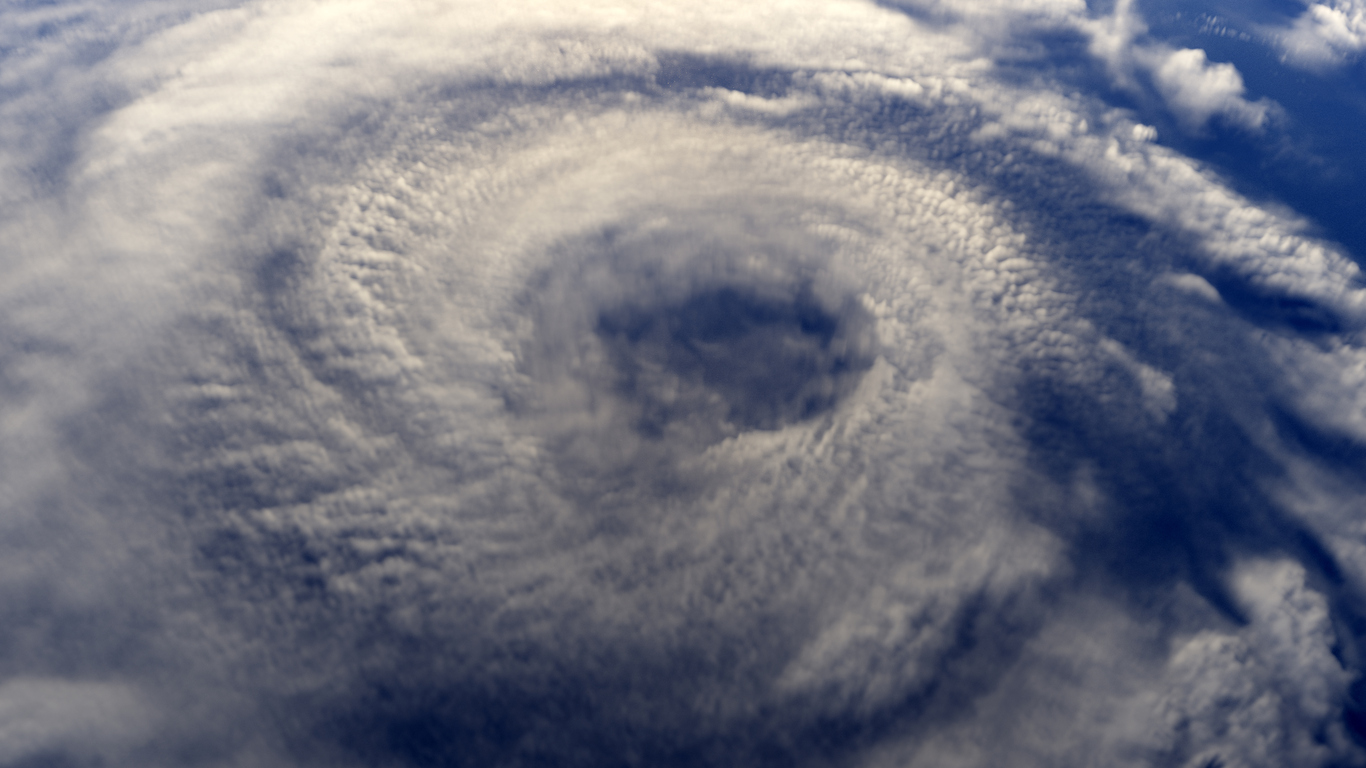Data shared with us by catastrophe risk modelling specialist RMS shows that the nearest category 3 and 4 hurricane landfalls in Florida to the current forecast for hurricane Dorian, suggest a wide range in potential losses for the insurance, reinsurance, insurance-linked securities (ILS) and catastrophe bond markets.
The analogue historical storms include an $11.3 billion industry loss from 1933’s Treasure Coast hurricane, to a $13.5 billion from 2004’s hurricane Jeanne (the most recent similar storm), a $24.6 billion industry loss from the 1949 Florida hurricane, a $26.1 billion industry loss from a 1947 Fort Lauderdale hurricane and a $37.2 billion industry loss from a 1871 hurricane Three (all in 2019 dollar).
Earlier today in our update on hurricane Dorian we explained that economic losses from analogue category 4 storms in Florida range significantly, with the average at $30 billion excluding one outlier that if included takes the average economic cost to $50 billion.
Industry loss estimates are currently sitting in a range from $10 billion to as much as $25 billion (perhaps even $30 billion according to some new runs we’ve seen), which aligns with these analogue storms RMS has highlighted.
Some catastrophe bonds have now traded on the back of the threat from hurricane Dorian, although activity remains relatively light.
The live cat market and industry loss warranties (ILW’s) are also seeing plenty of discussion, but little in the way of trading at this time. Reinsurance and ILS markets remain on-watch, but many are not ready to engage in hedging or trading given the level of room for the forecast to move.
Uncertainty still reigns and is likely to into the weekend, given the room for change in the forecast for hurricane Dorian as the competing high pressure areas squeeze the storm and influence the time of any northward turn, or southward shift in the landfall location.













